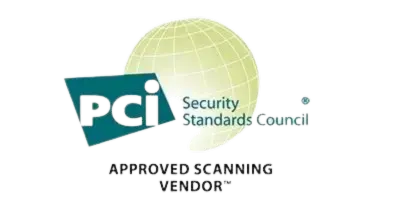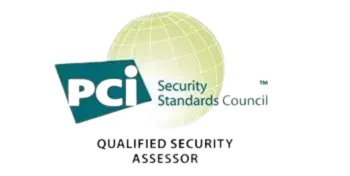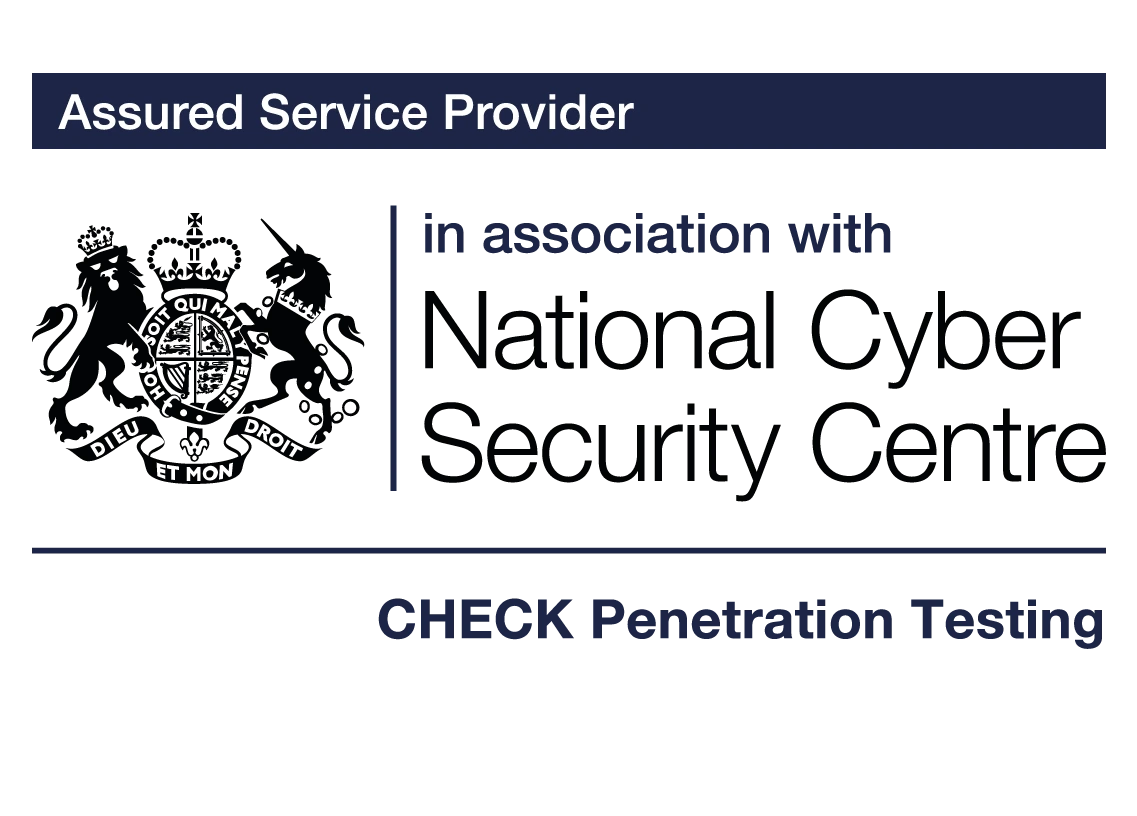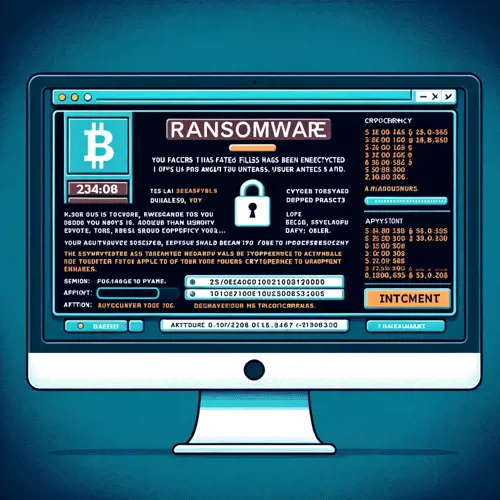Introduction to Ransomware Protection

In today's digital-first environment, small and medium-sized enterprises (SMEs) are increasingly vulnerable to cyber threats, with ransomware standing out as one of the most destructive. Ransomware attacks not only disrupt business operations but also threaten the very survival of businesses by holding critical data hostage. The introduction of remote work has further expanded the attack surface, making SMEs more susceptible than ever. This guide aims to equip SMEs with the knowledge and tools necessary to defend against ransomware, emphasizing the importance of proactive measures and preparedness to mitigate risks and ensure business continuity.
What is Ransomware?
Ransomware is a malicious software that encrypts files on a victim's computer or network, rendering them inaccessible. The attackers then demand a ransom from the victim in exchange for the decryption key. This digital extortion can target any user or organisation but has become particularly lucrative when aimed at businesses that rely heavily on their data for daily operations. Ransomware can infect systems through various means and often exploits security weaknesses to execute its payload. Once activated, it can encrypt thousands of files in minutes, leaving businesses in a state of paralysis and uncertainty.
Common Infection Methods:
1.Phishing Emails:
Description: The most prevalent method for ransomware distribution. Attackers send emails that appear to be from legitimate sources but contain malicious attachments or links.
Prevention: Educate employees on the importance of scrutinizing emails, especially those requesting the download of attachments or clicking on links. Implement advanced email security solutions that can filter out phishing attempts.

2. Drive-by Downloading:
Description: Occurs when a user unintentionally downloads ransomware by visiting an infected website. These sites exploit vulnerabilities in web browsers to install malware without the user's knowledge.
Prevention: Keep web browsers and plugins updated to the latest versions. Use web filtering tools to block access to known malicious sites and advise employees against visiting untrusted websites.
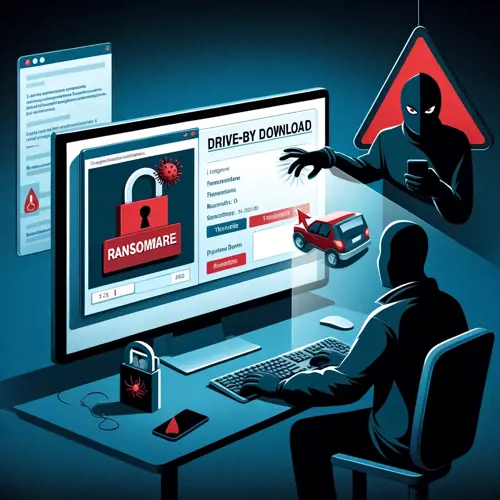
3. Downloading Infected File Extensions or Malicious Attachments:
Description: Ransomware can be disguised as legitimate files or software downloads. Users downloading and executing these files initiate the infection.
Prevention: Implement application whitelisting to allow only approved software to run. Use reputable antivirus solutions that scan downloads in real-time.
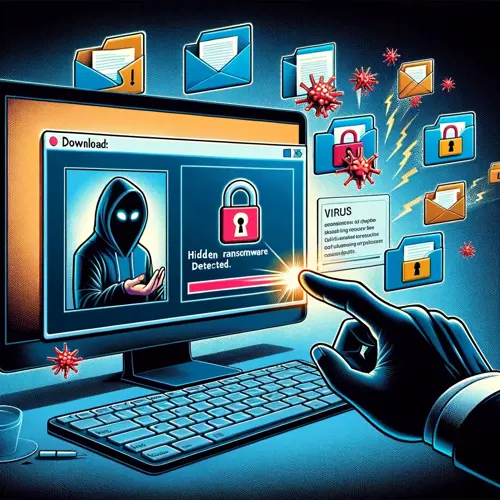
4. System and Network Vulnerabilities:
Description: Attackers exploit unpatched vulnerabilities in software and operating systems to gain unauthorized access and deploy ransomware.
Prevention: Regularly update and patch all systems and software. Conduct vulnerability assessments to identify and remediate security gaps.

5. Remote Desktop Protocol (RDP) Attacks:
Description: RDP provides remote access to another computer. Attackers exploit weak or stolen RDP credentials to gain access to networks and deploy ransomware.
Prevention: Secure RDP access with strong, unique passwords and multi-factor authentication. Limit RDP access through firewalls and VPNs.
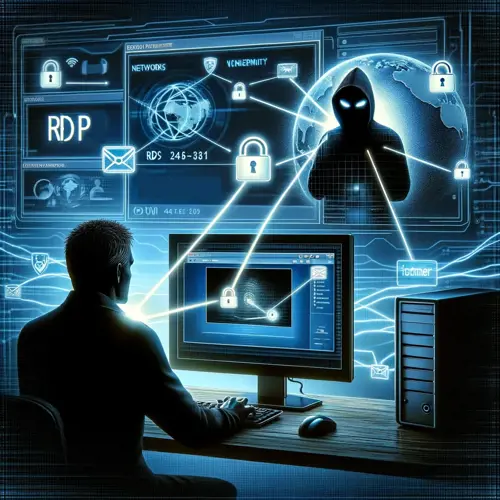
Types of Ransomware
Ransomware has evolved into numerous variants, each with unique characteristics and methods of extortion. Understanding these types can help SMEs better prepare and defend against specific threats. Here are the main categories of ransomware:
1.Encryption Ransomware
Description: This is the most prevalent type of ransomware. It encrypts the victim's files with a strong encryption algorithm, making them inaccessible without a decryption key, which the attackers offer in exchange for a ransom.
Impact: Victims are unable to access any files, databases, or applications that have been encrypted, severely disrupting business operations.
Prevention: Regular data backups, robust endpoint protection, and employee training on phishing prevention are critical defences against encryption ransomware.
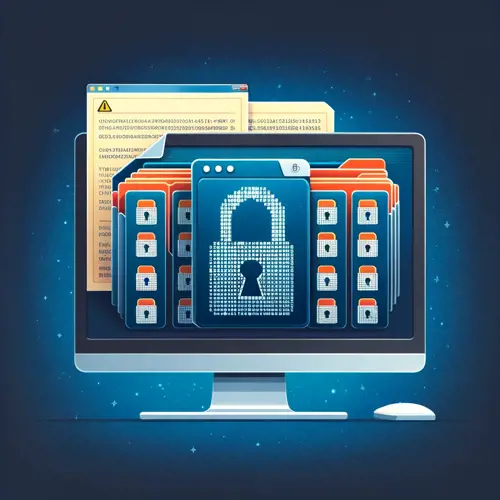
2. Locker Ransomware
Description: Unlike encryption ransomware that locks files, locker ransomware locks victims out of their devices, preventing access to the entire system or specific functionalities, such as the desktop or internet browser.
Impact: The device becomes unusable, though the files themselves are not encrypted. Attackers demand a ransom to unlock the device.
Prevention: Implementing strong security measures on endpoints, including the use of reputable antivirus and anti-malware solutions, and keeping all systems updated can help prevent locker ransomware infections.
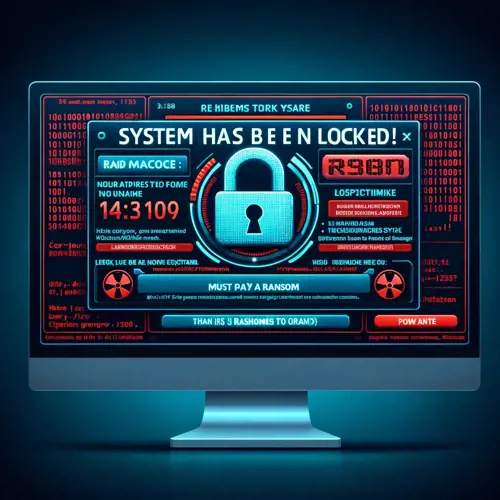
3. Scareware
Description: Scareware masquerades as legitimate security software or tech support alerts, claiming that malware has been detected on the user's computer and urging them to pay for the removal of non-existent threats.
Impact: While not as directly damaging as encryption or locker ransomware, scareware can lead to financial losses and may also install spyware or other malicious software.
Prevention: Educate employees to recognize and report scareware attempts. Use legitimate antivirus solutions and regularly update them to detect and remove any scareware.
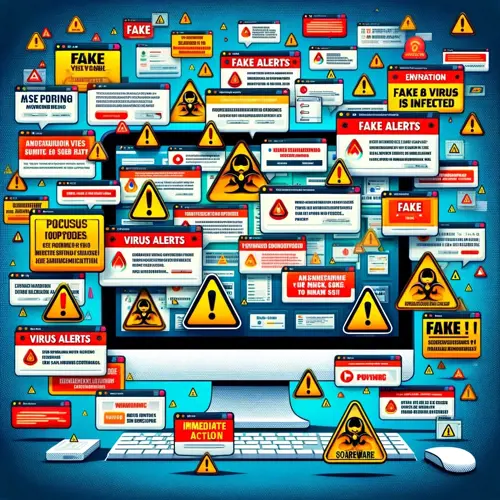
4. Doxware (Leakware)
Description: Doxware threatens to publish sensitive, stolen data online unless a ransom is paid. This type of ransomware leverages the fear of reputational damage and the potential legal consequences of data breaches.
Impact: Even if the ransom is paid, there's no guarantee that the stolen data won't be leaked, posing a long-term threat to businesses and individuals alike.
Prevention: Strong data encryption, secure data management practices, and comprehensive network security can help protect against doxware attacks.
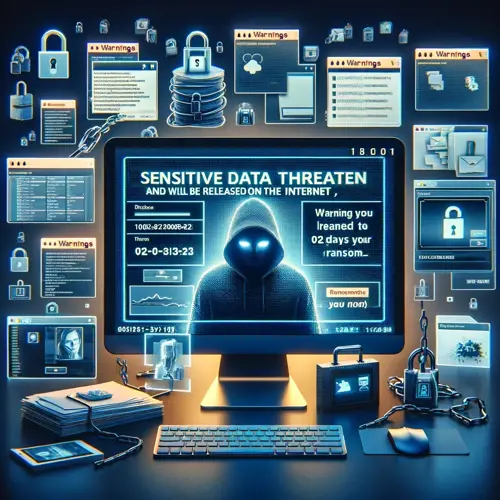
5. RaaS (Ransomware as a Service)
Description: RaaS is a business model where ransomware creators sell or lease their ransomware variants to other criminals, who then carry out attacks. This model has lowered the barrier to entry for attackers without advanced technical skills.
Impact: The proliferation of RaaS has led to an increase in ransomware attacks, making it more challenging to defend against them due to the diversity of threats.
Prevention: A multi-layered security approach, including advanced threat detection, network segmentation, and regular security audits, is essential to defend against RaaS attacks.
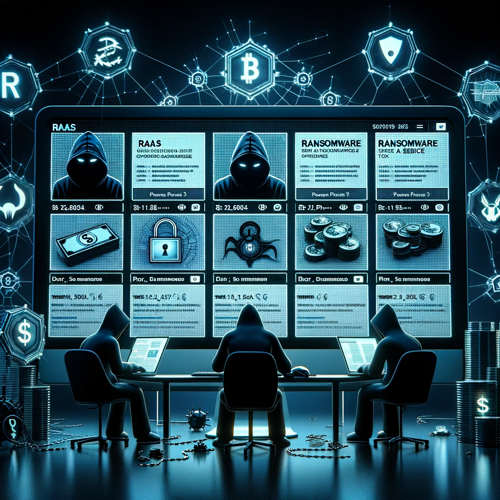
6. Double Extortion Ransomware
Description: This sophisticated attack not only encrypts data but also exfiltrates it. Attackers threaten to release the stolen data unless an additional ransom is paid, even if the original ransom for decryption is paid.
Impact: Victims face the dual threat of data encryption and data breach, compounding the potential damage and complicating recovery efforts.
Prevention: Implementing end-to-end encryption for sensitive data, robust intrusion detection systems, and maintaining offline backups can mitigate the risks associated with double extortion ransomware.
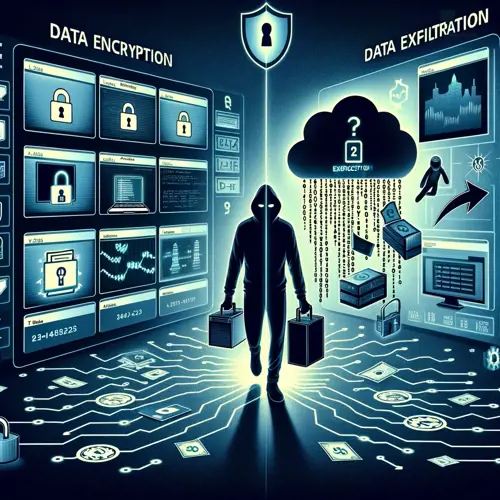
Best Ransomware Prevention Practices
Protecting your company from ransomware requires a multifaceted approach, combining technology, policy, and education:
1.Backup Your Data
Implementation: Regularly back up critical data using the 3-2-1 rule: three copies of your data on two different media, with one stored offsite or in the cloud. Consider using immutable storage solutions where data cannot be altered or deleted after it's written.
Testing: Conduct periodic tests of your backup systems to ensure data can be quickly restored without paying a ransom
.2. Keep All Systems and Software Updated
Patch Management: Deploy a robust patch management policy to ensure all software and operating systems are up-to-date. Automate updates where possible to close vulnerabilities swiftly.
Legacy Systems: For legacy systems that cannot be updated, consider network segmentation or additional security layers to mitigate risks.
3. Install Antivirus Software & Firewalls
Comprehensive Security Suites: Utilize antivirus and antimalware solutions that offer real-time protection and are capable of detecting and isolating ransomware threats.
Firewall Configuration: Properly configure firewalls to block access to known malicious IP addresses and control inbound and outbound network traffic based on security policies.
4. Network Segmentation
Isolation of Critical Assets: Divide your network into segments to isolate critical assets from each other. This limits the spread of ransomware if an infection occurs.
Access Controls: Implement strict access controls for each segment, ensuring users and systems only have access to the network resources necessary for their role.
5. Email Protection
Advanced Filtering: Deploy advanced email filtering solutions that can detect phishing attempts, malicious attachments, and suspicious links.
Authentication Protocols: Implement SPF, DKIM, and DMARC to authenticate emails and reduce the chance of email spoofing and phishing.
6. Application Whitelisting
Controlled Application Execution: Only allow approved applications to run on your systems. This prevents unauthorized applications, including ransomware, from executing.
Regular Updates: Keep the whitelist updated to accommodate legitimate software updates and new applications.
7. Endpoint Security
Endpoint Protection Platforms (EPP): Use EPP solutions to provide comprehensive security for endpoints, including antivirus, firewall, and web filtering capabilities.
Endpoint Detection and Response (EDR): Implement EDR solutions for advanced threat detection, analysis, and response capabilities at the endpoint level.
8. Limit User Access Privileges
Least Privilege Access: Ensure users have only the access levels necessary for their job functions. This minimizes the potential impact of a ransomware infection.
Regular Audits: Conduct regular audits of user privileges and adjust as necessary based on role changes or policy updates.
9. Regular Security Testing
Vulnerability Assessments: Regularly scan your network for vulnerabilities that could be exploited by ransomware.
Penetration Testing: Conduct penetration testing to identify weaknesses in your security posture and remediate them before they can be exploited.
10. Security Awareness Training
Ongoing Education: Provide regular training sessions for employees on recognizing phishing emails, safe web browsing practices, and the importance of reporting suspicious activities.
Simulated Phishing: Run simulated phishing campaigns to test employee awareness and reinforce training.
By implementing these best practices, companies can significantly reduce their risk of falling victim to ransomware attacks. It's important to remember that cybersecurity is an ongoing process, requiring regular review and adaptation to new threats.
What To Do After a Ransomware Attack
Despite the best preventive measures, ransomware attacks can still occur. Here's a detailed guide on the steps SMEs should take immediately after identifying a ransomware attack to mitigate damage and begin the recovery process:
1. Isolate the Infection
Disconnect Infected Devices: Immediately isolate affected devices from the network to prevent the ransomware from spreading. This includes disconnecting from Wi-Fi, Bluetooth, and any physical network connections.
Identify the Scope: Quickly determine which systems are infected and assess the scope of the attack to understand how widespread the infection is.
2. Secure Your Backups
Check Backup Integrity: Before attempting any recovery, ensure that your backups are intact and have not been compromised by the ransomware. Verify that offline or cloud backups are accessible and uninfected.
Protect Unaffected Data: If some systems remain unaffected, secure them immediately. Ensure they are fully patched, and move critical data to secure storage if necessary.
3. Analyse the Ransomware
Identify the Strain: Use available online tools or consult with cyber-security experts to identify the specific ransomware variant. Knowing the strain can help determine if decryption tools are available and understand the ransomware's behaviour.
Collect Evidence: Preserve any evidence related to the ransomware attack, including the ransom note, any contact information provided by the attackers, and samples of encrypted files. This information can be valuable for law enforcement and recovery efforts.
4. Report the Incident
Notify Authorities: Report the ransomware attack to local law enforcement or national cybercrime units. In the UK, affected SMEs should report to Action Fraud.
Contact Cybersecurity Professionals: Consider hiring cyber-security experts who specialize in ransomware response. They can provide guidance on the best course of action, including whether decryption is feasible.
5. To Pay or Not to Pay?
Evaluate the Decision: The decision to pay the ransom is complex and should be made with caution. Consult with cybersecurity professionals and consider the implications, including the risk of non-recovery and the possibility of future targeting.
Legal Considerations: Be aware of legal implications and regulations regarding ransom payments, especially those related to funding criminal activities.
6. Begin Recovery
Use Decryption Tools: If a decryption tool is available for the ransomware variant, use it to attempt to unlock encrypted files.
Restore from Backups: If backups are secure and up-to-date, begin the process of restoring affected systems. Ensure all malware is removed from systems before restoration.
Rebuild Affected Systems: In some cases, it may be necessary to rebuild infected systems from scratch to ensure they are free of ransomware.
7. Post-Incident Review
Conduct a Post-Mortem: Analyze how the ransomware entered your network, what went wrong, and how your response was handled. Use this analysis to strengthen your cybersecurity posture.
Update Security Measures: Implement any needed security improvements discovered during the review. This may include updating policies, increasing network segmentation, or enhancing employee training programs.
Communicate with Stakeholders: Inform stakeholders, including employees, customers, and partners, about the incident as appropriate. Transparency can help maintain trust and demonstrate your commitment to security.
8. Ongoing Monitoring
Watch for Anomalies: After recovery, closely monitor your systems for any signs of unusual activity. Ransomware attackers sometimes leave behind backdoors for future access.
Stay Informed: Keep abreast of new ransomware threats and prevention techniques. Joining cyber-security forums and following trusted security news sources can provide valuable insights.
Conclusion
Ransomware poses a significant threat to SMEs, but with proactive measures and a robust response plan, businesses can mitigate the risk and impact of these attacks. By prioritizing data backups, system updates, employee training, and the implementation of security technologies, SMEs can defend against the evolving threat of ransomware.
For More Information Please Contact Us

ACCREDITATIONS


